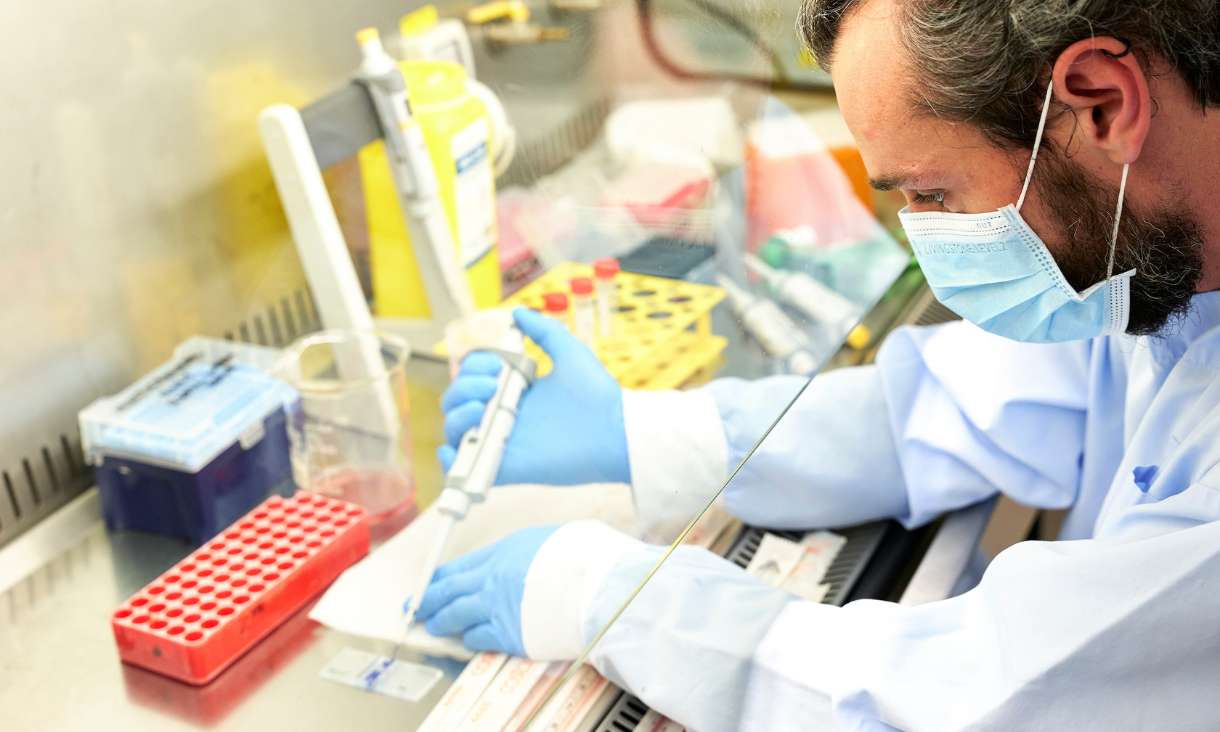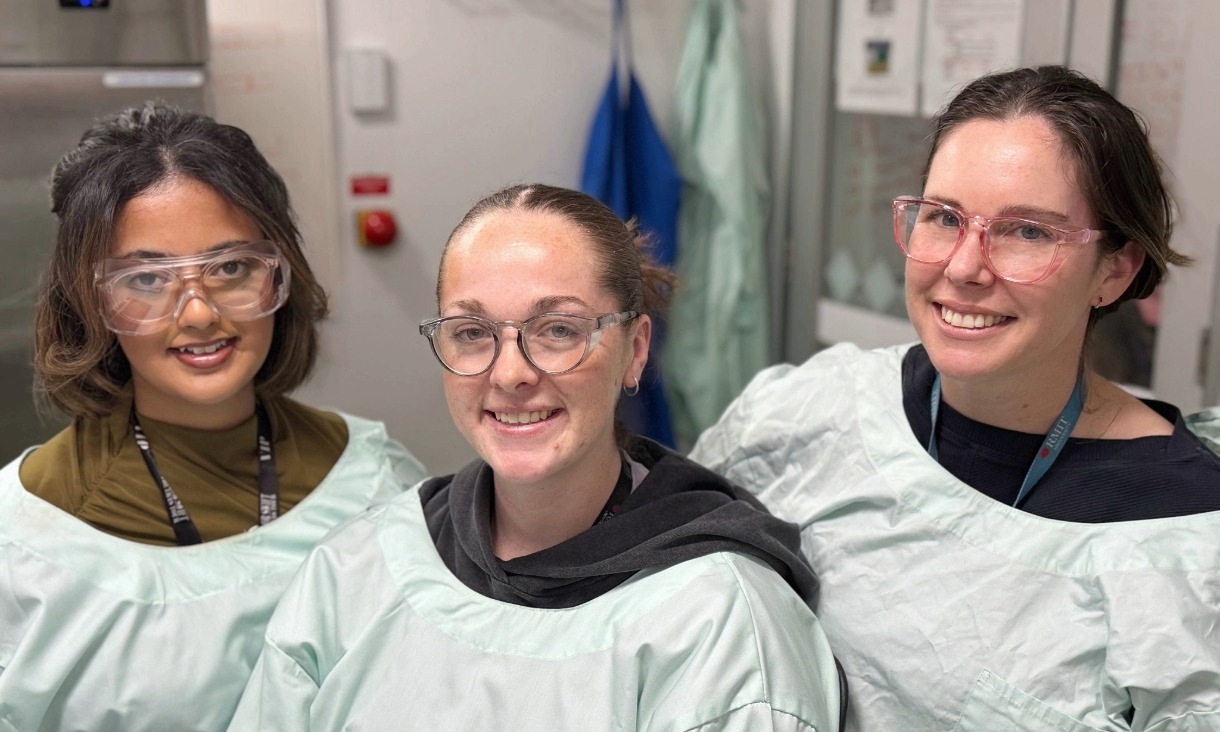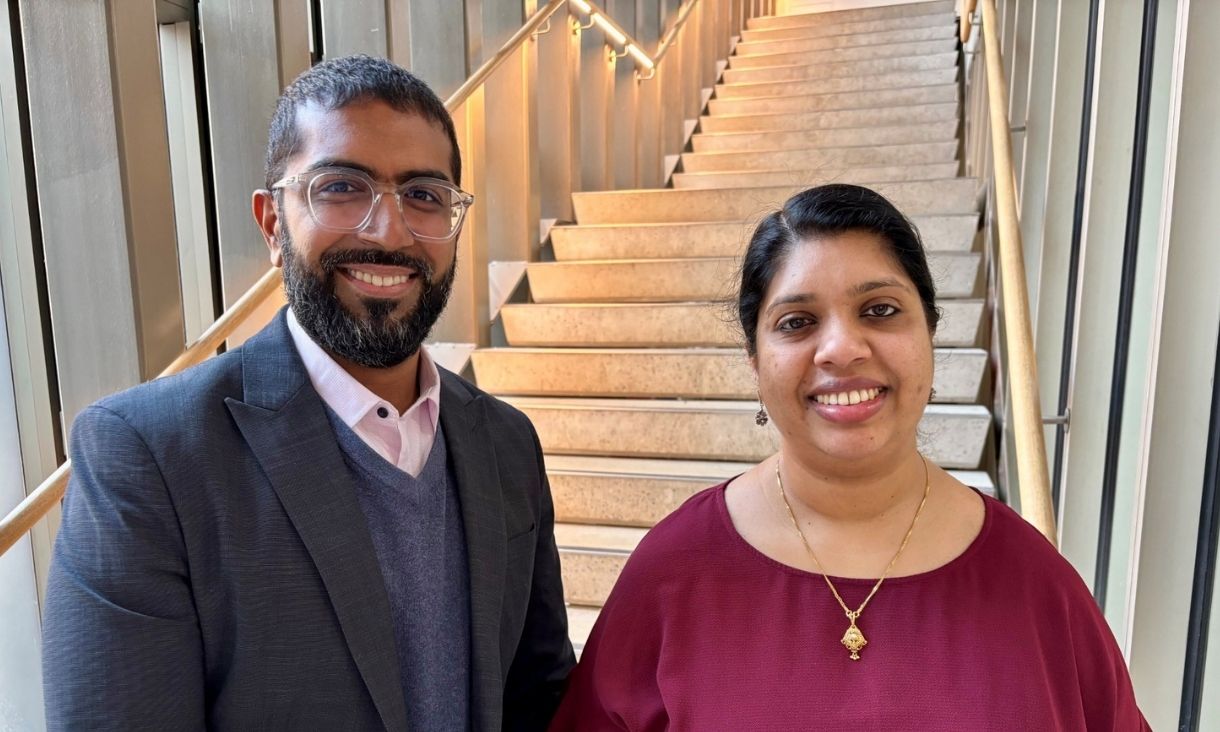Real projects solving real problems
At the EnGenius 2022 awards ceremony, Professor Angela Carbone, Associate Deputy Vice-Chancellor Learning Teaching and Quality – STEM, lauded the benefits of industry partnered programs like EnGenius at RMIT.
“With EnGenius, students get to work on real projects solving real problems,” Carbone said.
“They get to connect with industry and may even get to go on to an industry premises to get an understanding the company’s culture as well.”
“Students need that entrepreneurial eye because they might be coming up with a solution that’s truly unique for an industry which they can then potentially commercialise.”
Congratulations to all winning projects:
Civil and Infrastructure Engineering (two winners)
Project title 1: Use of Recycled and Waste Materials in Pavement: Stabilisation of Clay Soil with Fly Ash
Group names: Kaitlyn Ash, Mehdi Haidari and Bailey White
Project title 2: Evaluation of bearing capacity for thin web cold-formed steel sections
Group names: Esraa Salih, Haadi Zakkour, Ahamd Al-Tameemi and Elley Elley
Electrical and Biomedical Engineering
Project title: Developing an Advanced Transvaginal Mesh (TVM)
Group names: Chaya Tiktin
Electronic and Telecommunications Engineering
Project title: Software defined radio design and development for CubeSat satellite
Group names: Berk Dogan, Rinaldo Pender
Mechanical and Automotive Engineering
Project title: High resolution micro structural analysis of additive manufactured titanium hybrid to composite joints using the Australian Synchrotron
Group names: Lachlan White, Scott Hislop, Callum Bakken and Gina Norio
Chemical Engineering
Project title: Atomically thin electrocatalysts towards green hydrogen
Group names: Sandra Tran, Sabrina Yap Utama
Environmental Engineering
Project title: Protecting water from the impacts of coal seam gas development
Group names: Riley Nicholson, Katelyn Dooley, Monica Esmond and Rory Mullins
Aerospace Engineering
Project title: Understanding AM metal lattice defects and their effect on dynamic behaviour
Group names: Charlotte Mikic, Luke Busbridge
Manufacturing Materials and Mechatronic Engineering
Project title: Equipment Effectiveness Improvement at a Food Manufacturing Plant
Group names: Calum Ireland, Mateusz Chochowski
Click here to see all student projects.
Story: Thomas Odell










